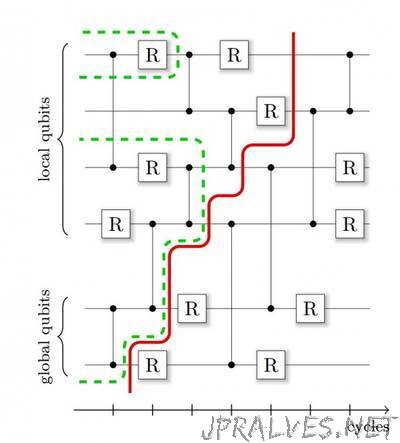
“Computer scientists have a name for the point at which quantum computers become more powerful than ordinary computers. They call it “quantum supremacy,” and, by all accounts, that time is rapidly approaching. The current thinking is that a quantum computer capable of handling 49 qubits will match the capability of the most powerful supercomputer on the planet. And anything bigger than that will be beyond the ken of ordinary computing machines. That isn’t quite possible yet. But it raises important questions about how we can know whether these quantum computers will work as expected. To find out, computer scientists have begun using powerful classical computers to simulate the behavior of quantum computers. The idea is to calibrate and benchmark their behavior as accurately as possible, while we still can. After that, we’ll just have to trust the quantum world. Of course, nobody has yet simulated a 49-qubit quantum computer. But today, Thomas Haner and Damian Steiger from ETH Zurich in Switzerland announce the most ambitious attempt to date. These guys have used the fifth most powerful supercomputer in the world to simulate the behavior of a 45-qubit quantum computer. “To our knowledge, this constitutes a new record in the maximal number of simulated qubits,” say Haner and Steiger. And they show how more powerful simulations ought to be possible. These simulations are difficult because of the sheer magnitude of the calculations that quantum computers make possible. This great power comes from the quantum phenomenon of superposition, which allows quantum particles, such as photons, to exist in more than one state at the same time. For example, a horizontally polarized photon can represent a 0 and a vertically polarized photon can represent a 1. But when a photon exists as a superposition of both horizontal and vertical polarizations at the same time, it can represent both a 0 and 1 in a calculation. In this way, two photons can represent four numbers, three photons can represent eight numbers, and so on. This is where quantum computers get their computational horsepower, and it is why classical computers pale in comparison.”
